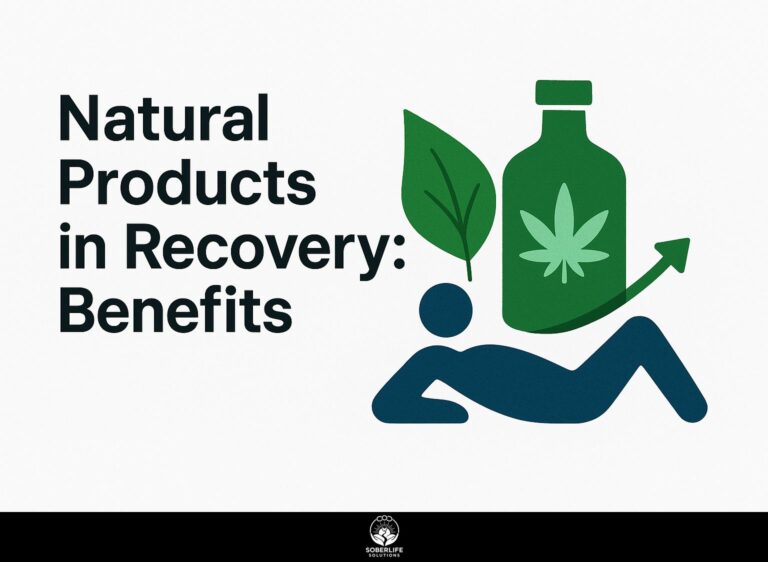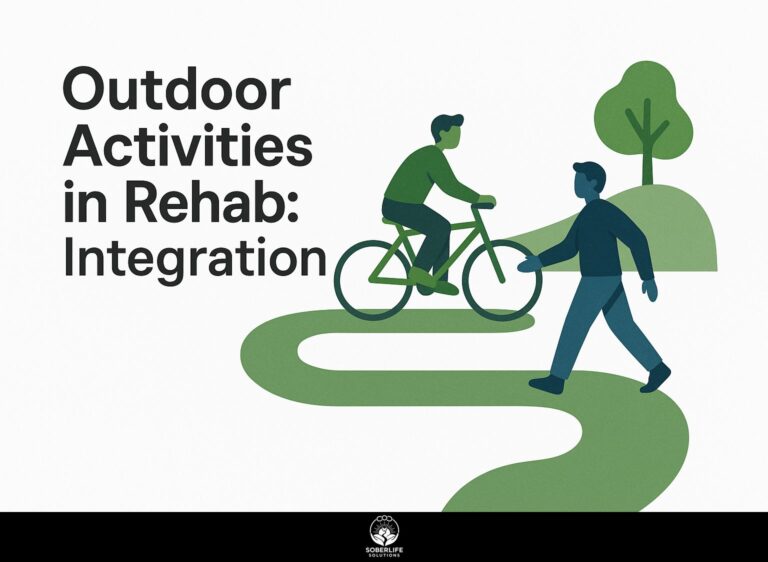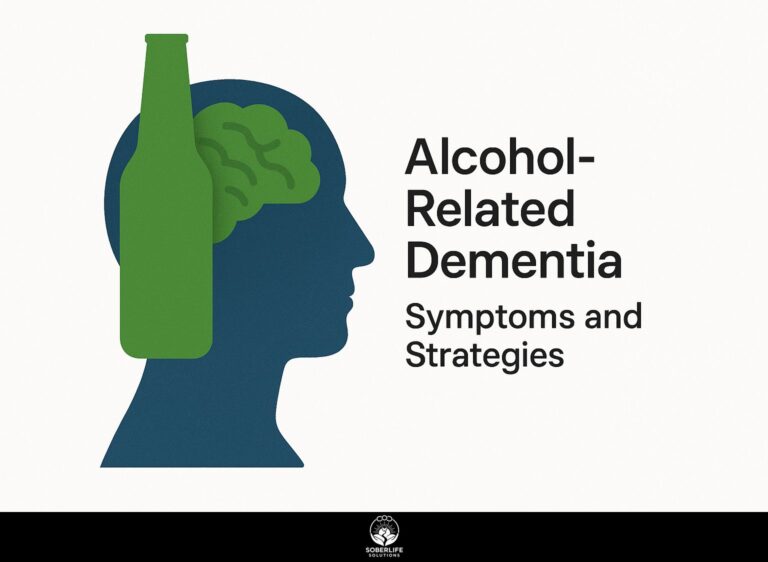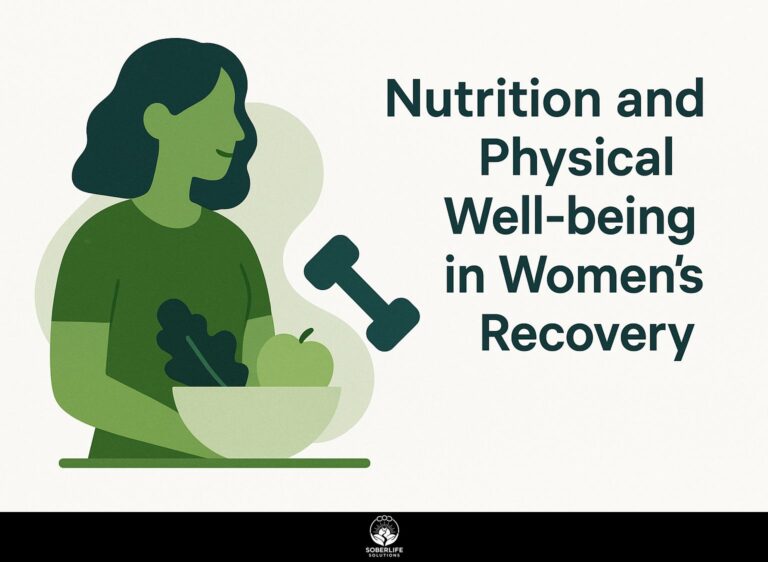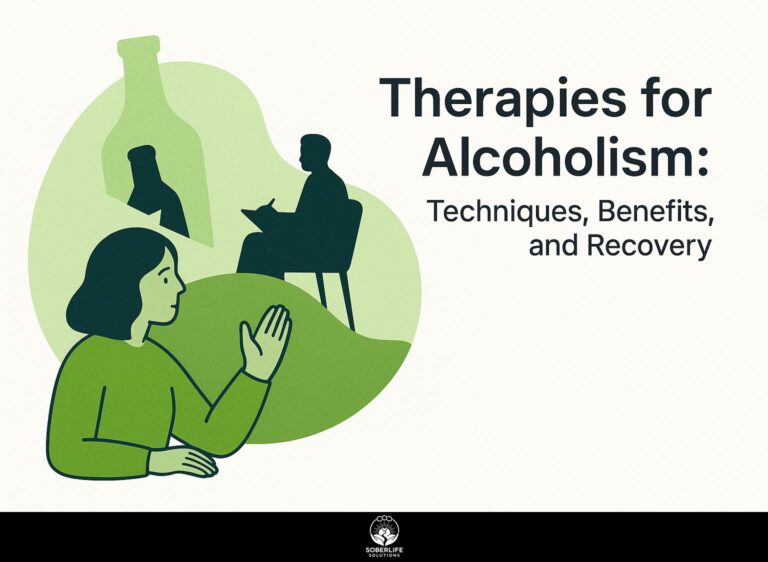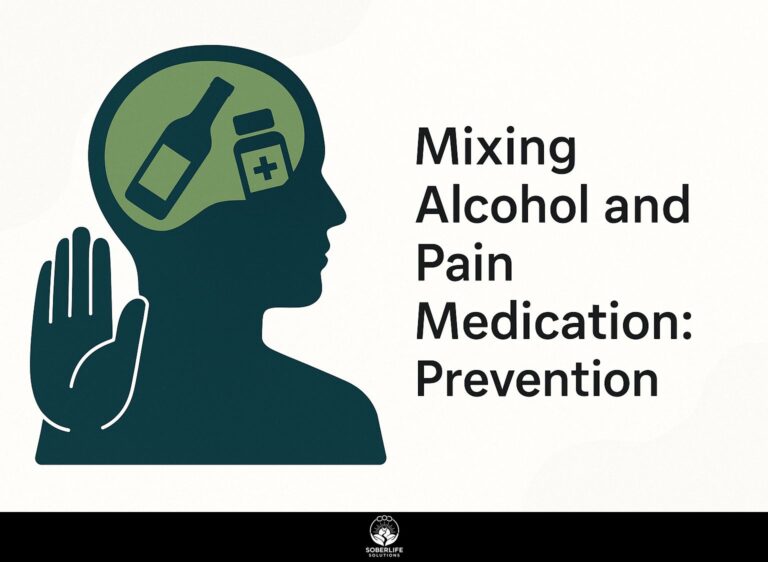Dual Diagnosis: Challenges and Treatment Integration
Dealing with dual diagnosis, which happens when substance use disorders and mental health issues occur together, can be very challenging for individuals and healthcare providers. Recognizing how these issues relate is important because combined treatment can greatly improve recovery results. In this article, we will look at the drawbacks of separate treatment methods and discuss new strategies that address both substance use and mental health, offering a complete approach to recovery.
Key Takeaways:
- Dual diagnosis means having both substance use and mental health disorders at the same time, highlighting the importance of combined treatment methods to achieve better results.
- Diagnosing dual conditions is hard because symptoms can be similar and there is a social stigma, which makes it tougher to identify and treat them correctly.
- Integrated treatment models and evidence-based practices are essential for effective dual diagnosis management, addressing both disorders simultaneously for better recovery chances.
Definition and Importance
Recognizing dual diagnosis is important for creating treatment plans that deal with both mental health issues and substance abuse.
Integrating treatment models for dual diagnosis focuses on concurrent management of mental health and addiction issues. One effective approach is to consider the various therapy modalities available, especially those aimed at relapse prevention, which can be crucial for clients facing these intertwined challenges.
Using techniques like Cognitive Behavioral Therapy (CBT) and Motivational Interviewing can create a supportive setting that encourages clients to stay involved and follow through with their plans.
For instance, programs like the Integrated Dual Disorder Treatment (IDDT) model provide both psychiatric care and specialized addiction services.
By coordinating treatment efforts, practitioners can improve recovery outcomes and build recovery capital, enabling individuals to achieve lasting stability in their lives.
Prevalence and Statistics
Almost 50% of people with serious mental illnesses also struggle with drug or alcohol problems, according to research.
In South Africa, this statistic reflects broader trends observed globally, with specific studies revealing that 60% of patients in psychiatric facilities also grapple with substance abuse issues. A study published in The Lancet highlights the dual diagnosis of mental illness and substance use disorders, emphasizing the need for integrated approaches.
To address this, healthcare systems are increasingly adopting integrated treatment models that simultaneously manage both mental health and substance use disorder. Techniques from specialized fields, such as those discussed in our article on psychologists and their importance in recovery, are being utilized to enhance treatment effectiveness.
The South African National Health Department recommends using teamwork that includes psychiatrists, addiction specialists, and social workers to make sure patients receive appropriate support based on their specific needs.
Understanding Co-Occurring Disorders
Co-occurring disorders involve different substance use problems and mental health issues, which complicates diagnosis and treatment. According to the Substance Abuse and Mental Health Services Administration (SAMHSA), understanding these complexities is crucial for effective management.
Types of Substance Use Disorders
Substance use disorders can appear in different ways, such as alcohol use disorder and opioid dependence, each needing specific treatment approaches.
Alcohol use disorder often overlaps with anxiety disorders, leading to a cycle of self-medication that exacerbates symptoms. To effectively address these complexities, it’s essential to consider holistic strategies, such as those outlined in our Whole-Self Care in Substance Abuse Treatment.
Treatment can use cognitive-behavioral therapy (CBT) along with medications such as naltrexone to help lessen cravings.
Opioid dependence can often happen alongside depression, requiring a complete method that includes medications like buprenorphine and also focuses on mental health concerns through combined therapy.
Knowing how these interactions work helps doctors create better treatment plans, leading to improved results for patients.
Types of Mental Health Disorders
Mental health issues include anxiety and depression, as well as serious conditions like schizophrenia, which can happen alongside problems with substance use.
Common mental health disorders include:
- Major Depressive Disorder
- Generalized Anxiety Disorder
- Schizophrenia
Each of these can significantly impact treatment outcomes for individuals battling substance use.
For example, a person with Major Depressive Disorder might find it hard to feel motivated, which can make attending therapy tough. Concurrently, having Generalized Anxiety Disorder can increase cravings for substances, as people may turn to these to ease their anxiety.
Recognizing these connections leads to a more specific treatment plan that combines mental health care and substance abuse programs to improve recovery outcomes.
Challenges in Diagnosis
Diagnosing dual diagnosis is difficult due to overlapping symptoms and social stigma, which makes it harder to provide effective treatment. As highlighted in a study published on ScienceDirect, the interplay between mental health and substance use disorders complicates diagnostic processes further. Understanding the importance of tailored treatment approaches, such as [Psychologists: Techniques and Importance in Recovery](https://soberlifesolutions.com/psychologists-recovery-techniques/), can play a crucial role in addressing these complex needs.
Symptom Overlap
The overlap of symptoms between mental health and substance use disorders can lead to misdiagnosis, affecting treatment outcomes significantly.
For instance, depression and alcohol use can produce similar symptoms such as fatigue and difficulty concentrating. A clinician may mistakenly diagnose a patient with major depressive disorder while their true issue is alcohol use disorder.
This misdiagnosis can lead to ineffective treatment, as prescribing antidepressants might worsen their drinking habits. To avoid these pitfalls, thorough assessments are essential-utilizing tools like the DSM-5 criteria and standardized questionnaires.
Working with addiction specialists can improve diagnosis and create better treatment plans.
Stigma and Misunderstanding
Negative views about mental health issues and substance use problems often stop people from getting the help they need.
This negative perception can lead to feelings of shame and loneliness, causing people to be reluctant to talk about their difficulties.
For instance, a study published in the Journal of Dual Diagnosis found that approximately 42% of individuals with a dual diagnosis reported feeling judged, preventing them from pursuing help.
Personal stories highlight this issue: a young woman shared that she avoided therapy for years, fearing judgment from friends.
Communities can provide support groups led by members, where individuals can share their experiences and ask for help.
Treatment Approaches
Effective treatment for dual diagnosis usually combines methods that treat both mental health and substance use problems at the same time.
Integrated Treatment Models
Integrated treatment models promote collaboration between mental health and substance use professionals, enhancing therapeutic outcomes for patients.
These models often use reliable methods such as the Assertive Community Treatment (ACT) approach, which engages clients through regular home visits and committed support teams.
Programs like Dual Diagnosis Anonymous (DDA) combine support from peers with clinical treatment, helping patients deal with their mental health and substance use issues.
Studies indicate that clients involved in integrated programs show a significant improvement in relapse rates and overall well-being, with reductions of up to 30% over traditional treatment methods.
Creating a supportive care environment leads to greater patient satisfaction and involvement.
Evidence-Based Practices
Adopting evidence-based practices is essential for ensuring treatment compliance and improving patient outcomes in dual diagnosis cases.
One effective approach is the implementation of integrated treatment models that address both mental health and substance use disorders simultaneously.
For instance, the Concurrent Treatment model encourages clinicians to provide both types of therapy during the same session, enhancing patient engagement. Evidence shows that facilities using this method report a 30% increase in treatment adherence.
Using care methods that focus on the patient, such as Motivational Interviewing, can significantly improve the relationships between patients and therapists, leading to better outcomes.
These practices, backed by recommendations from the American Psychiatric Association, highlight the need for a complete approach.
Barriers to Treatment
Many obstacles hinder access to effective dual diagnosis treatment, such as a lack of resources and complicated insurance coverage.
Lack of Resources
A lack of resources, including trained professionals and facilities, significantly limits treatment accessibility for individuals with dual diagnosis.
Only 5% of mental health facilities provide specific programs for people with dual diagnosis, resulting in a lack of appropriate treatment choices.
In many areas, substance abuse treatment centers do not have enough staff trained in mental health care, which reduces the level of support offered. This lack of personnel can lead to a 30% increase in the number of patients with both substance abuse and mental health issues who drop out of treatment.
Expanding telehealth services and training more professionals in dual diagnosis can improve access. Funding community programs that provide combined care is essential for closing this gap and bettering patient results.
Insurance and Accessibility Issues
Challenges with insurance coverage often prevent individuals from accessing needed mental health services for dual diagnosis treatment.
Patients often face problems such as high costs that they have to pay themselves, small networks of available providers, and restricted coverage for certain treatments. For example, many plans might not pay for complete therapy sessions or medication management.
To overcome these challenges, patients should speak up for themselves by reaching out to their insurance company to get clear information about what is covered. Organizations like the National Alliance on Mental Illness (NAMI) provide resources to help you know your rights and even offer sample letters to request a review of coverage decisions.
Exploring sliding scale clinics or nonprofit organizations can provide essential support, easing financial burdens while accessing care.
New Methods for Treating Co-occurring Disorders
The way we treat people with both mental health and substance use issues will change with new treatments and policy updates that make services better.
Innovative Therapies
Innovative therapies, such as virtual reality exposure therapy and integrated digital health platforms, show promise in enhancing dual diagnosis treatment.
One clear example is virtual reality exposure therapy (VRET), which has shown success in lowering anxiety and fears.
A study published in 2022 found that VRET significantly lowered PTSD symptoms in patients with comorbid substance use disorders.
Digital health platforms, such as Recovery Record, have been developed to simplify care management by allowing users to track behaviors and treatment adherence in real-time. This approach is particularly valuable for managing co-occurring disorders, where integrated strategies can lead to better outcomes.
These tools improve how patients get involved and help healthcare providers communicate better, leading to a more unified treatment plan.
Policy Recommendations
Strategic policy recommendations are essential for enhancing the quality and accessibility of dual diagnosis treatment programs.
To achieve this, policymakers should focus on increasing funding for integrated services, encouraging collaboration between mental health and addiction specialists, and implementing standardized training for providers.
Developing grant programs to support training can significantly improve practitioners’ skills. Encouraging organizations that successfully merge care models can result in a more cohesive method.
Running public awareness campaigns about dual diagnosis can help the community know more about it and lessen stigma, which in turn can lead to better patient involvement and treatment results.
Frequently Asked Questions
What is Dual Diagnosis: Challenges and Treatment Integration?
Dual Diagnosis is when a person has both mental health issues and problems with substance use at the same time. Treating both at once can be difficult because they can worsen each other. To effectively manage both, treatment plans should blend different methods to tackle mental health and substance use concerns together in a complete care approach.
What are the common challenges associated with Dual Diagnosis: Challenges and Treatment Integration?
Common challenges include incorrect diagnoses, poor communication among different treatment services, and negative attitudes toward mental health and substance use disorders. Patients may struggle to receive comprehensive care because many facilities address only mental health or addiction, but not both. The link between these two disorders can complicate diagnosis and treatment.
How can treatment integration improve outcomes for those with Dual Diagnosis?
Bringing together mental health and substance use treatments can improve results by addressing all aspects of a person’s health. When these treatments support each other, patients are more likely to receive the care that targets the root causes of their issues. This approach can reduce the risk of relapse and improve overall quality of life.
What types of therapies are effective in Dual Diagnosis: Challenges and Treatment Integration?
Therapies for Dual Diagnosis can include Cognitive Behavioral Therapy (CBT), Dialectical Behavior Therapy (DBT), and Motivational Interviewing. These approaches can be adjusted to fit the specific needs of people dealing with both mental health issues and substance use problems, creating a treatment plan that supports recovery in both areas.
What role does aftercare play in Dual Diagnosis: Challenges and Treatment Integration?
Aftercare is important for people with Dual Diagnosis to recover over time. It offers continued support and resources that help individuals keep the progress they made during treatment. Without proper aftercare, individuals may face challenges with relapse, as managing both conditions can be difficult even after treatment ends.
How can family support contribute to overcoming Dual Diagnosis: Challenges and Treatment Integration?
Family support is important in dealing with the difficulties of Dual Diagnosis. Teaching family members about mental health and substance use disorders can build awareness and compassion. Involvement from family can improve commitment to treatment, offer emotional support, and establish a stable environment that helps recovery during the treatment process.

